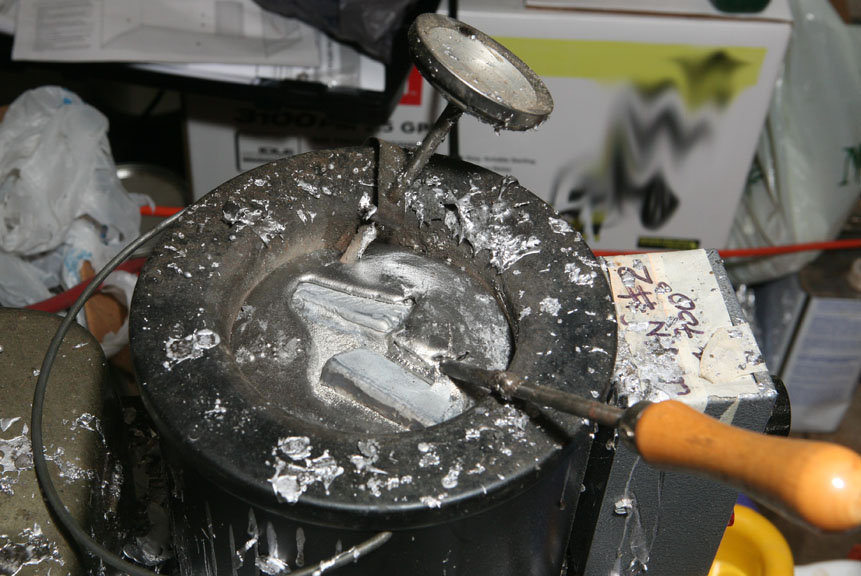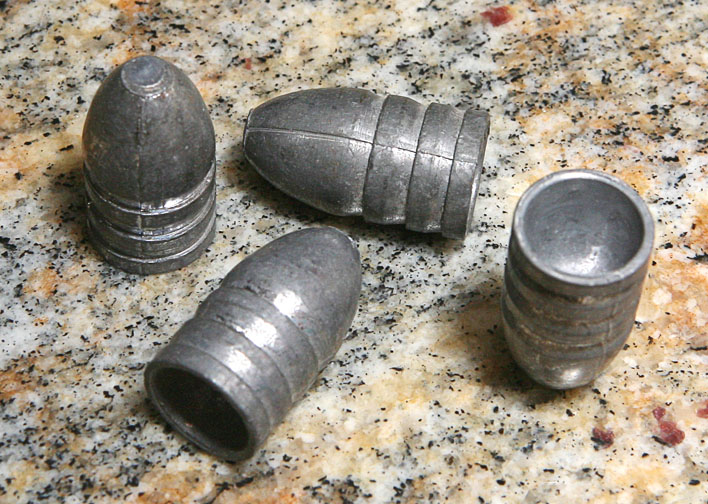Darth AkSarBen
New member
I'll increase the temp. The mould that would not cast full bullets was because the lead was literally dripping into the spur hole, not flowing. I kept the mould over a low burner on the stove to heat up. Right after that, using the LEE dipper it molded 2 perfect bullets.
Yes, I heated up the plug for making the hollow base as well, and generally once the lead if poured in there, after trimming off the hardened excess at the spur, I leave it in the mold for several seconds so that the heat transfers to the mould.
Are Lyman dippers a bit better than RCBS?
Yes, I heated up the plug for making the hollow base as well, and generally once the lead if poured in there, after trimming off the hardened excess at the spur, I leave it in the mold for several seconds so that the heat transfers to the mould.
Are Lyman dippers a bit better than RCBS?


